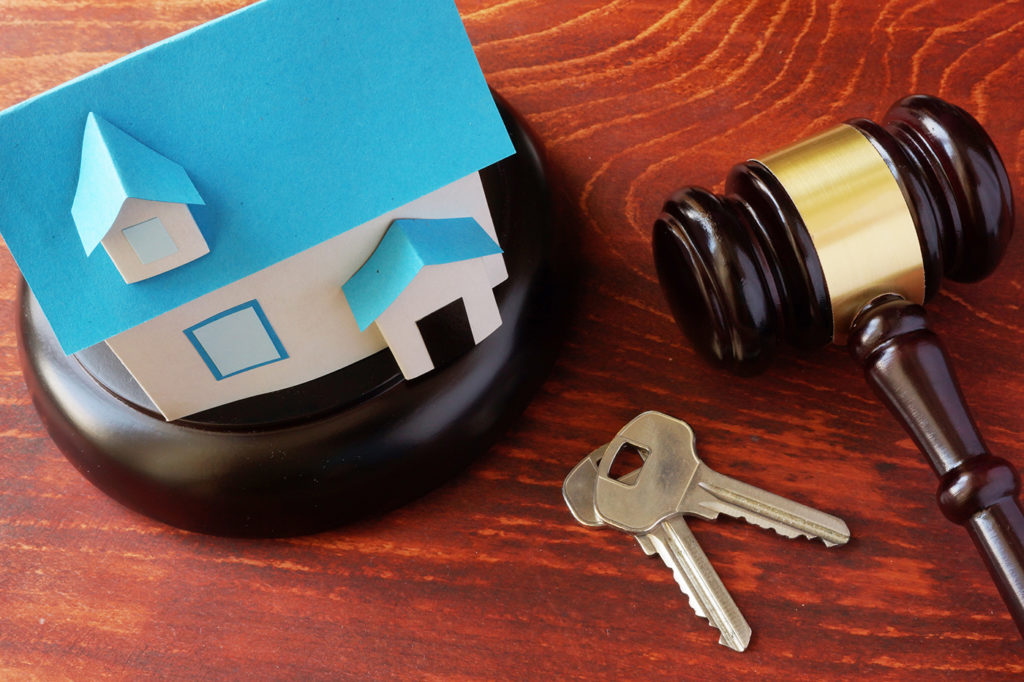What’s the Difference? Medicare Advantage Versus Medigap Supplement plans
Confused about the differences between these types of plans? Let’s take a look.
First, understand that Medicare generally pays about 80%, and the rest is up to you. That’s where Medicare advantage plans or medigap plans make up the difference. For Medicare quotes for your area, click HERE
Medicare Advantage Plans:
- Are also referred to as part C. These plans REPLACE Original Medicare. In other words, instead of using original Medicare to see doctors or go to facilities, you have a private insurance plan that replaces parts A & B.
- Advantage plans combine parts A & B, and sometimes part D (part D is Prescription drug coverage), and must provide as much services or more than original Medicare
- May include extras such as dental, vision, hearing, fitness & wellness programs. Some Advantage plans have prescription coverage built in as well
- Are usually in the form of HMO, PPO, Medical Savings accounts and Private fee for service type plans. Except for emergencies, HMO plans typically require the beneficiary to obtain referrals to see specialists and require them to use a network of providers. PPO plans allow for coverage outside of a network, usually at higher cost sharing to the beneficiary
- Are guaranteed issue for most Medicare beneficiaries, but can only be signed up for at certain times of year
Medigap Plans:
- Also referred to as Medicare supplement plans. You remain on ‘Original Medicare’ and the plans supplement to pay all or some of the “gaps” (or costs) that Parts A & B do not pay, such as deductibles, co-payments and coinsurance
- Medigap plans do not have networks or require referrals. Any Doctor, hospital or facility that accepts Medicare in the United States is covered.
- Are standardized. In other words, all Plan G Medigap plans offer the same standardized benefits, no matter what company issues them. Usually, the only difference is price, however, some plans may have some value-added services such as fitness benefits.
- Do not include Prescription drug coverage (except for some old plans that are no longer offered to new enrollees) If a Medicare beneficiary would like prescription coverage he or she would need to buy a separate Part D policy.
- Unlike Medicare Advantage policies which can only have rate increases once a year, can have rate increases at any time.
- Have no annual enrollment period, and can be applied for any time of year (however you may not be able to disenroll in an advantage plan if you are currently in one or add a prescription plan depending on the time of year)
- Are only guaranteed issue at certain times, such as when you initially reach age 65. Most other times, they are medically underwritten and a beneficiary could see a higher rate or even be declined.
Courtesy of Chester County PA Realtor Scott Darling.
By: David Kring, regardingwealth.com
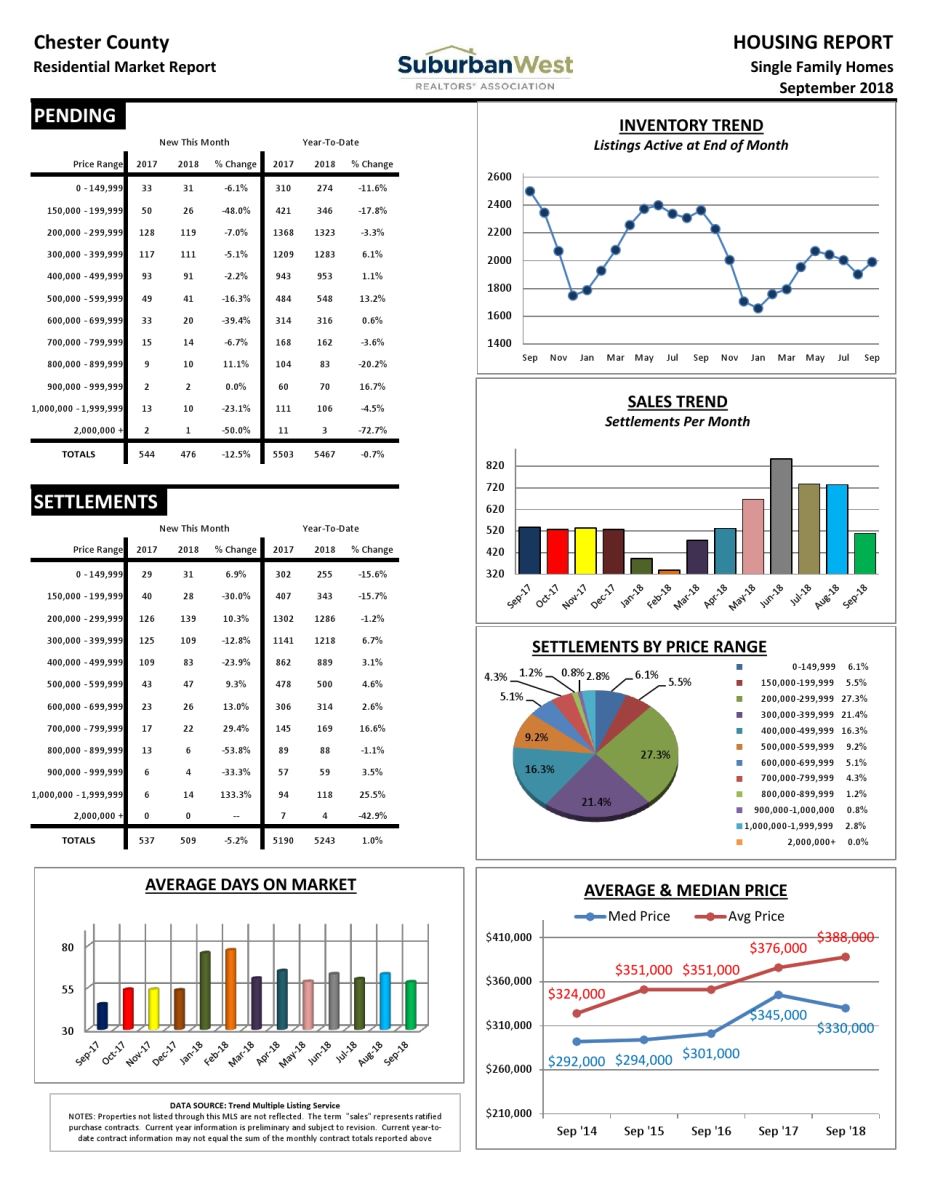

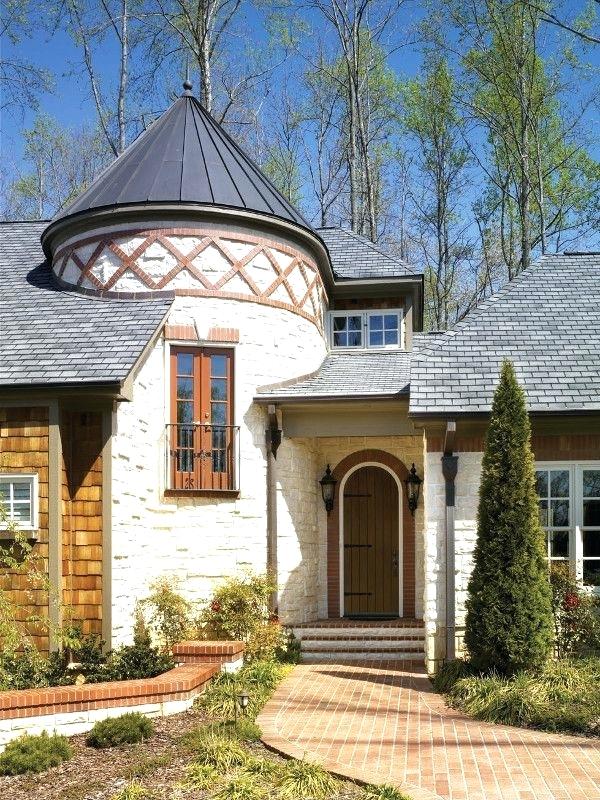
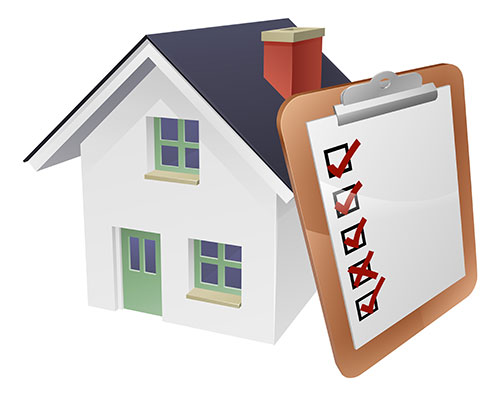
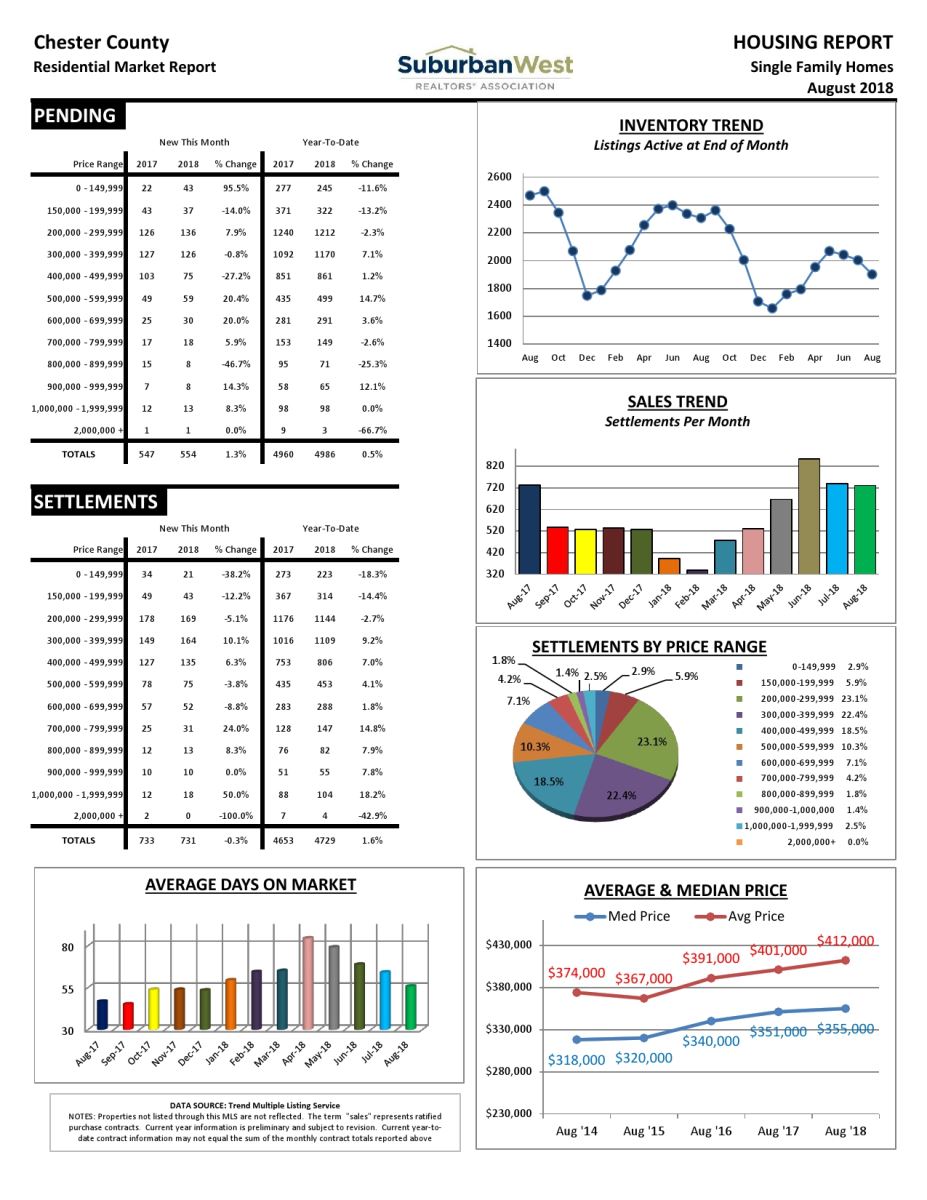
.jpg)

